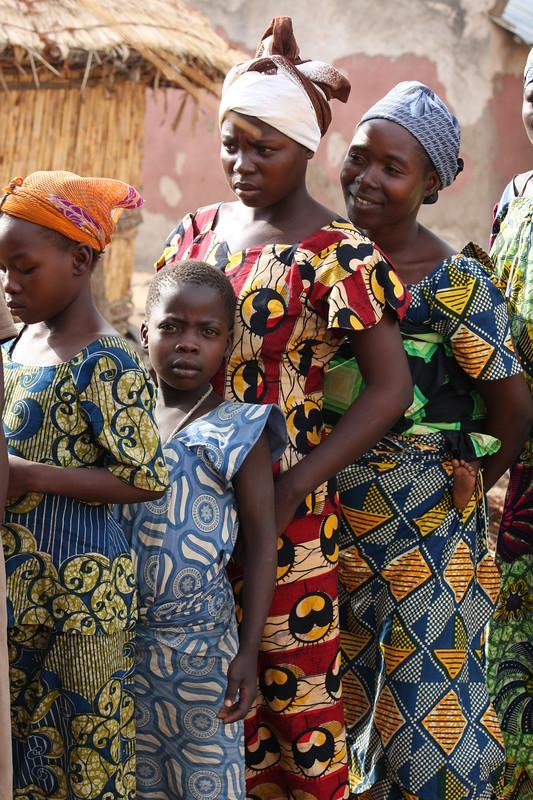
In June 2020, the Chairmen of Funakaye and Nafada Local Government Areas (LGAs) in Nigeria’s Gombe State approved the release of 60,000 naira (US $156) and 220,000 naira ($572), respectively, from their local health budgets. It is the first time that LGAs in Gombe have allocated and released funds for family planning. The funds will be used for the purchase of consumables such as cotton wool, disinfectants, gloves, and gauze. Although seemingly modest, the funds will help remove informal user fees that are a barrier to family planning service uptake.
Located in northeastern Nigeria, Gombe State has a population of 3.3 million [1] and a total fertility rate of 6.6 children per woman. The modern contraceptive prevalence rate is low, at 16.2%, and about one in four women aged 15 to 19 have begun childbearing [2]. Like in other Nigerian states, contraceptives in Gombe are provided free of charge from the Federal Ministry of Health. Yet this support does not cover fees associated with any materials needed to provide the method, such as a pregnancy test, syringe, disinfectant, and/or cotton wool, depending on the method.
With support from Advance Family Planning local partner Pathfinder International Nigeria, the Gombe State Advocacy Working Group (AWG) focused on increasing funding for family planning consumables. In March 2018, Pathfinder trained the group in budget tracking. Using their new skills and applying SMART advocacy, the AWG pushed policymakers to create a separate budget for family planning in the overall LGA health budget. In addition, they engaged local media, which aired messages on radio and television about the need for family planning funding. Finally, the AWG monitored the state budget cycle and made a case for family planning during the 2019 budget process.
The multi-pronged efforts yielded results. In September 2019, the Commissioner for Health of Gombe State directed the Department of Planning, Research, and Statistics to create a separate budget of 11 million naira (US $28,600) under the Ministry for Local Government (one million per LGA).
But a budget inclusion does not automatically mean the funds will be spent. The AWG needed to advocate for the budgets’ release at the LGA level.
In March 2020, they met with the state health commissioner, who is the former Executive Secretary of the Primary Health Care Development Agency, and familiar with the AWG and their asks. He advised the AWG to liaise with the state family planning coordinator to ensure memos requesting releases were written. They also met with the chairman of the primary health center (PHC) coordinators to explain the importance of family planning services and the connection to the release of funds for consumables. By this time, COVID-19 was spreading, and the team made sure they wore masks, physically distanced, and kept any in-person meetings to a small group of people.
The group persisted and met with the commissioner of local government areas and chieftaincy affairs, who is the custodian of LGA funds, in April. The commissioner committed to follow through on any family planning related funds requests. He also agreed to support all future family planning advocacy efforts.
Following this commitment, the AWG reached back out to the chairman of the PHC coordinators to submit the funds request memo. Nafada LGA and Funakaye LGA submitted requests for the release of 350,000 Naira ($910) and 120,000 ($312), respectively. On June 28, 2020, the LGA commissioner approved the release of 220,000 ($752) for Nafada and 60,000 ($156) for Funakaye.
To ensure sustainable financing for consumables across all LGAs in the state, the Gombe AWG will continue their advocacy efforts to ensure the release of funds in the other nine LGAs, track spending, and advocate for an increase in the 2021 allocation.
References
- National Bureau of Statistics. (2018). Demographic Statistics Bulletin 2017. Nigeria.
- National Population Commission and ICF. (2019). Nigeria Demographic and Health Survey 2018. Retrieved from https://www.dhsprogram.com/pubs/pdf/FR359/FR359.pdf.

